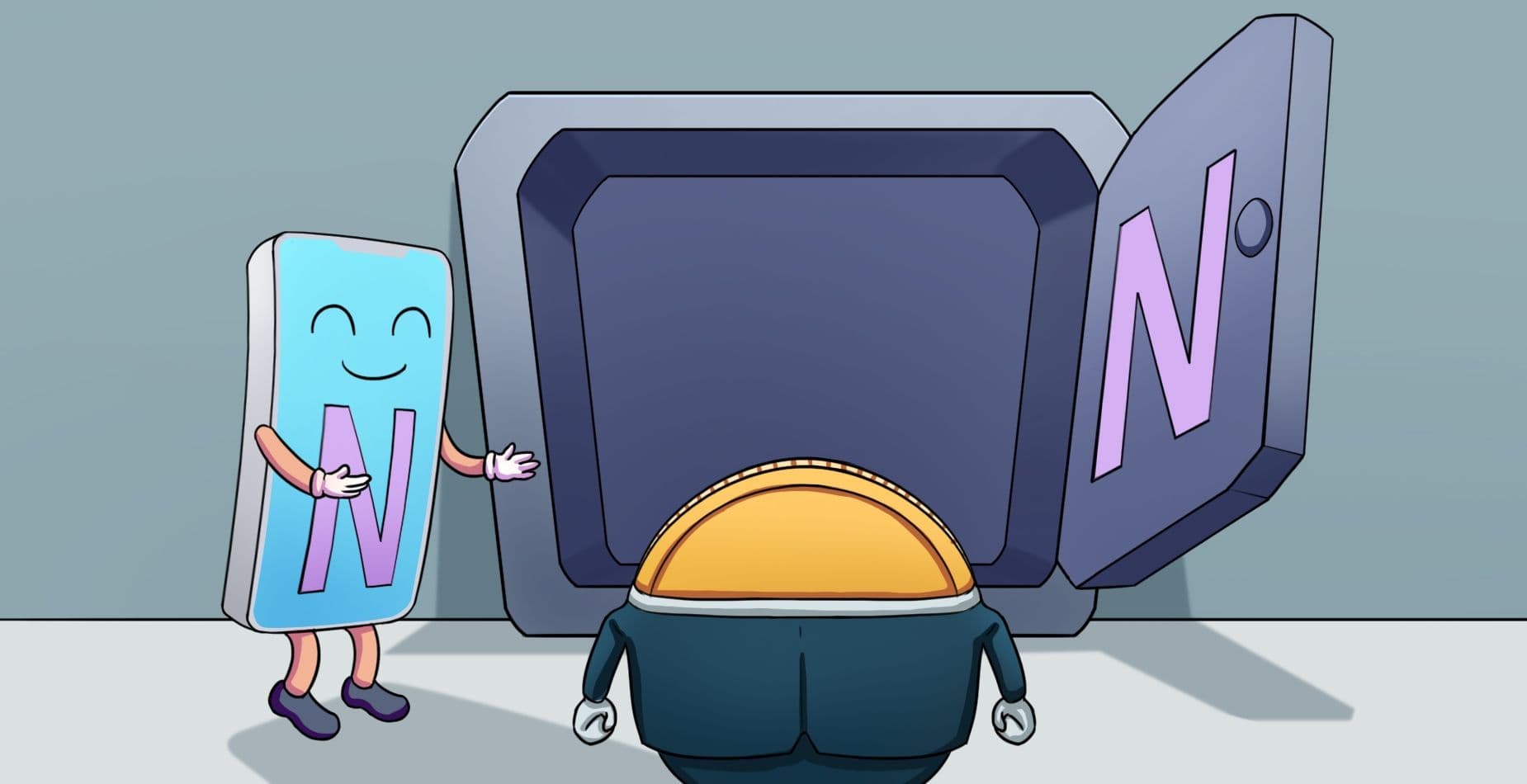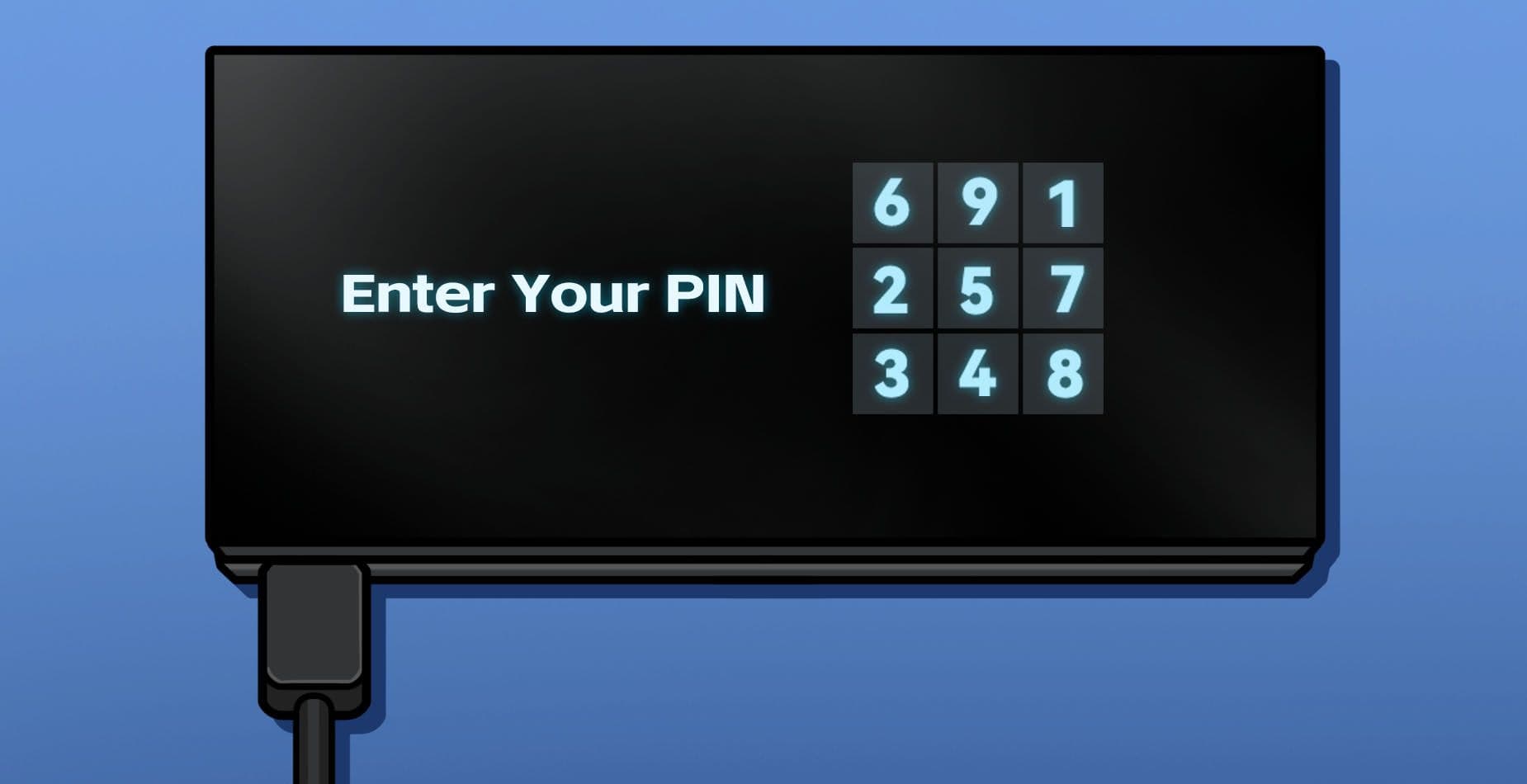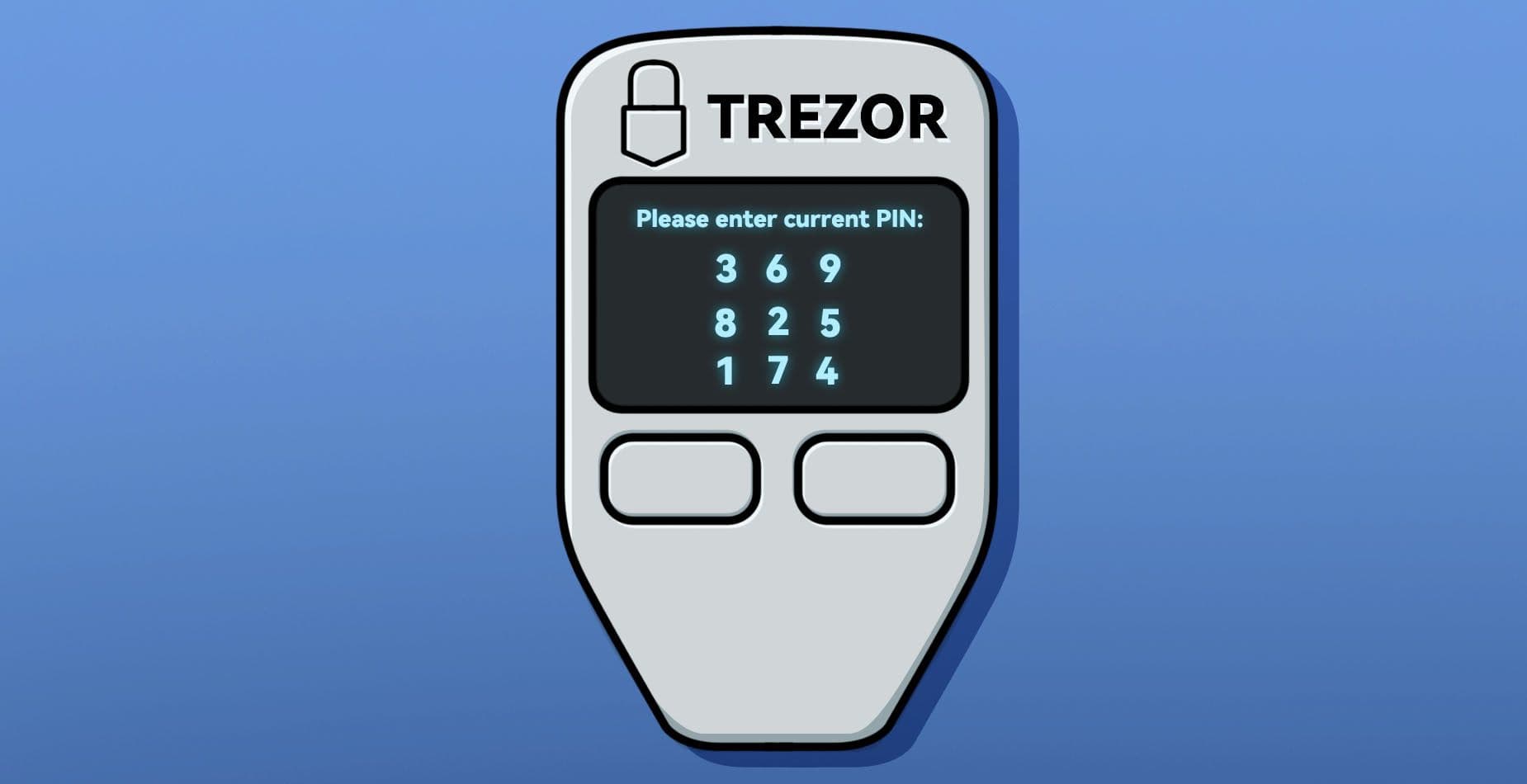Nuri is probably still known to many crypto veterans under the name Bitwala. Originally, you could initiate payments to your checking account via the provider and settle them with Bitcoin. Alternatively, a credit card was available that could be topped up directly with Bitcoin. However, when the company that issued the credit cards had to withdraw from the business, it was also clear to Bitwala that they had to reinvent themselves.
And that’s what the Berlin-based company did, offering its customers a checking account with Solarisbank under the Nuri brand and linking it directly to Bitcoin and Ether trading. But that’s not all, as Nuri also has two wallets that offer their customers different options when it comes to storing their crypto assets. We took a closer look at Nuri’s wallet solutions to give you some advice on handling, backups, and recovery.
Nuri Wallet vs. Nuri Vault
Nuri provides its financial services in cooperation with Solarisbank and offers its customers two different wallet solutions in addition to a checking account.
The first is the Nuri Wallet, which is designed to enable customers to trade very quickly with the connected exchange. To ensure this, the Nuri Wallet is a so-called custody wallet. Therefore, the private keys - the core of every wallet - are stored by Solaris Digital Assets.
This allows the provider to ensure that no network fees are incurred when trading and that customers can access their wallets without the need to enter additional credentials. So, in principle, the Nuri Wallet is primarily a kind of clearing account for crypto trades.
The second option is the so-called Nuri Vault. This is a non-custodial wallet, which means that the secret keys to the wallet itself are stored by you. In this case, it is also guaranteed that neither Nuri nor the partner bank Solaris or its subsidiaries have access to your keys and crypto assets.
Should You Trust the Nuri Wallet?
This question is encountered relatively often on the web. As far as the Nuri Wallet is concerned, it should be noted that this is a licensed provider to which you, as a customer, entrust your money. If that is not good enough for you, you can opt for the Nuri Vault and thus opt for self-storage.
Since the Nuri Vault is a full-fledged wallet, the question of trust does not arise in the end because the customer can choose to import his backup into any wallet software at any time. Overall, both solutions have something to offer to different target groups. Giving up control of the custodial wallet does not only have disadvantages. Because the provider guarantees the backups and can restore your wallet.
As a result, customers should ask themselves which way or which risk profile seems more acceptable. The storage of keys and backups also needs to be organized in order to secure the cryptos. If you decide to use the Vault you will also incur network fees because all transactions are then processed directly on the blockchain.
How Do I Create a Backup for the Nuri Vault?
The Nuri Vault is a multi-key setup that consists of a master key and a backup key. These must be backed up when the wallet is created.
Nuri does not recommend storing the two keys digitally or online and also advises keeping all details about the custody of the keys secret. The provider’s recommendation to choose a secure password is mandatory.
It is important to understand that to recover the wallet you need both keys. In fact, the separation between the main and backup keys does have its advantages. This way, you have two pieces of the puzzle that you can store in different places. In addition, you should also keep the so-called reference key safe. You can access it in the Nuri app at any time, but if you lose it for any reason, you will have a copy of it.
If you would like to learn more about backups and passwords, we would like to recommend our dedicated article on secure passwords and backups. There you will learn everything you need in terms of basic knowledge to understand the task and decide for yourself the best way to master it.
How Can I Restore the Backup?
In the restore process, you need the master key, the backup key and the reference key. Additionally, you need to download and install BitGo’s recovery software. The process to restore is significantly more complex than with other wallets and also requires a working additional wallet to send the Bitcoin. The steps in detail:
- Selecting wallet type and environment
- Entry of master and backup keys
- Entry of the reference key
- Entering the wallet address to which the Bitcoin should be sent
After that, BitGo’s tool creates a JSON file that you have to search for the transaction hex. This value must be copied and sent to the network via a block explorer in order to trigger the transaction.
For many users, this process is rather complex, error prone and requires some training. In other cases, one of the keys or the reference may be missing. If you are having trouble with the recovery, feel free to inquire our wallet recovery services and our team will assist you with the recovery.
The best way to contact us is via our contact form, where you will be asked a few questions about your case, which will help us assess wether a successful recovery is possible.
And What About Ethereum?
The backup of the Ethereum Vault of Nuri is much easier than the backup of the Bitcoin Wallet or the Vault for it. A 12-word seed is created as a backup, which can be easily entered for recovery at a later time.
Since it is a standard seed, you can also import it into another wallet software at any time and are thus much freer in the design than with the BitGo solution for the Bitcoin Vault.





